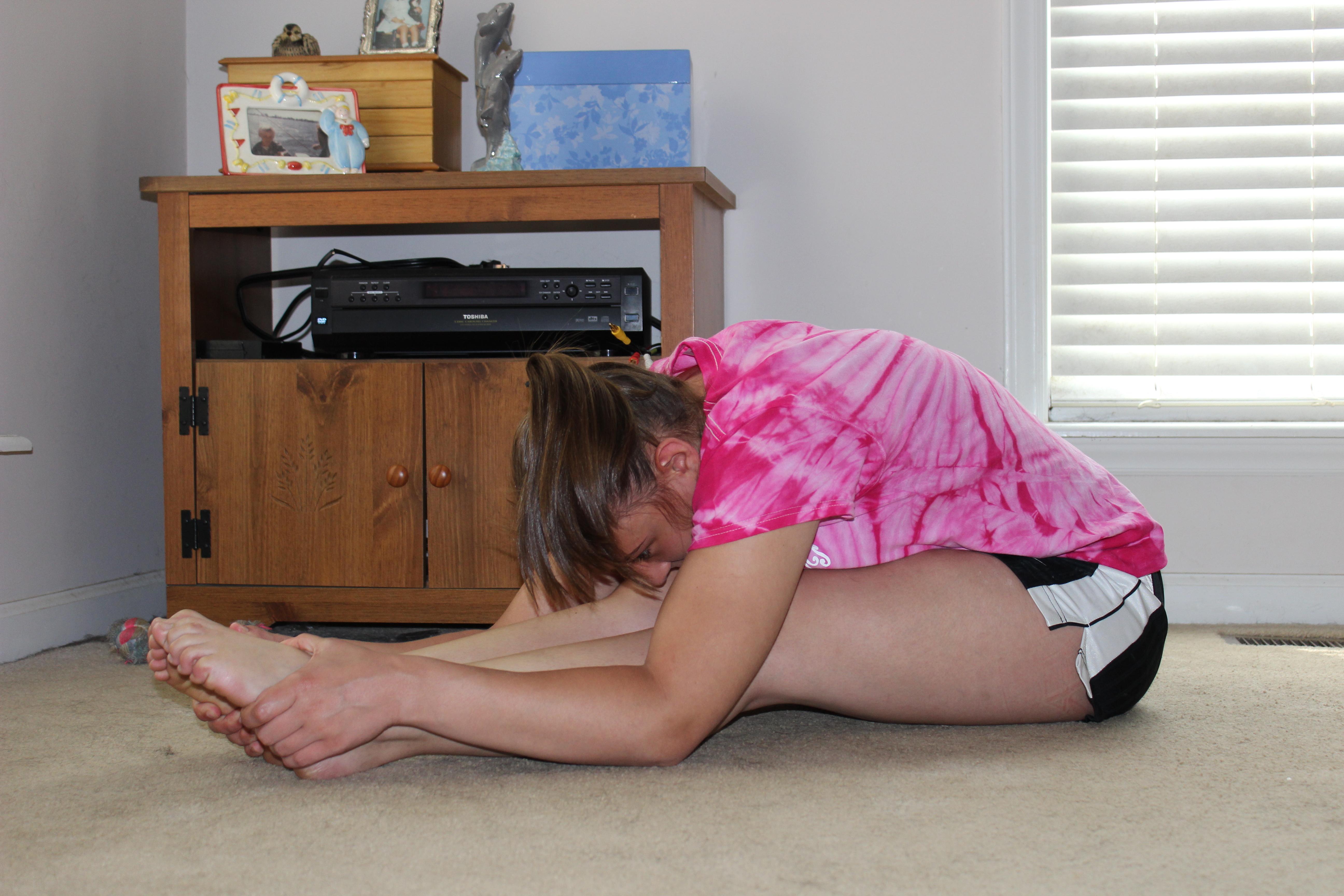Designing a fitness plan that you’ll actually stick to can often feel like a daunting task, especially with the overwhelming amount of information and conflicting advice available today. Yet, the key to achieving and maintaining your fitness goals lies in creating a personalized, realistic, and sustainable plan. In this article, we will guide you through the essential steps to craft a fitness regimen tailored to your unique needs, preferences, and lifestyle. By leveraging evidence-based strategies and expert insights, you will learn how to set achievable goals, incorporate variety, and build a routine that not only aligns with your fitness objectives but also keeps you motivated and engaged for the long haul. Whether you’re a fitness novice or a seasoned enthusiast, this comprehensive guide will equip you with the tools and knowledge to design a fitness plan that you can truly commit to and enjoy.
Understanding Your Fitness Goals and Needs
Before diving into any fitness plan, it’s crucial to identify what you’re aiming to achieve and what your body truly needs. Assessing your current fitness level and understanding your personal goals will help you create a plan that’s both effective and sustainable. Consider the following aspects:
- Health Goals: Are you looking to lose weight, build muscle, improve cardiovascular health, or enhance flexibility?
- Time Commitment: How many days a week and how much time per session can you realistically dedicate to your fitness routine?
- Enjoyment Factor: What types of activities do you enjoy? Whether it’s running, swimming, weightlifting, or yoga, choose something that you look forward to.
- Current Physical Condition: Do you have any existing injuries or health conditions that need to be considered?
Setting SMART goals (Specific, Measurable, Achievable, Relevant, Time-bound) will provide a clear roadmap and make it easier to track your progress. For instance, instead of saying “I want to get fit,” specify “I aim to run a 5K in under 30 minutes within the next three months.” Tailoring your plan to align with these personalized insights will significantly increase your chances of sticking to it.

Creating a Balanced Workout Routine
A well-rounded exercise regimen should include a mix of cardio, strength training, flexibility, and rest. Here’s how to balance these elements effectively:
- Cardio: Aim for at least 150 minutes of moderate-intensity or 75 minutes of high-intensity cardio each week. This can include activities like running, cycling, or swimming.
- Strength Training: Incorporate resistance exercises at least two days a week. Focus on major muscle groups such as legs, back, chest, and arms. You can use free weights, resistance bands, or body-weight exercises.
- Flexibility: Dedicate time to stretching or yoga sessions at least two to three times a week. This will improve your range of motion and reduce the risk of injuries.
- Rest: Don’t underestimate the power of rest days. Your body needs time to recover and build muscle. Ensure you have at least one or two rest days per week.
By integrating these components, you’ll create a comprehensive workout plan that targets all aspects of fitness, keeping you motivated and engaged over the long term.

Incorporating Flexibility and Rest Days
Flexibility and rest are not just optional extras in a fitness plan; they are crucial components that can significantly impact your overall success and well-being. Incorporating these elements ensures that your body has time to recover, adapt, and grow stronger. Here are some key points to consider:
- Scheduled Rest Days: Aim to include at least one or two rest days each week. These days allow your muscles to repair and reduce the risk of injury.
- Active Recovery: Engage in low-intensity activities like walking, stretching, or yoga on rest days to keep your body moving without putting stress on it.
- Listen to Your Body: Pay attention to signs of overtraining such as persistent fatigue, soreness, or decreased performance. Adjust your plan accordingly to avoid burnout.
- Flexibility Training: Incorporate stretching or flexibility exercises into your routine to improve range of motion and prevent injuries.

Tracking Progress and Staying Motivated
One of the key components to sticking with a fitness plan is to track your progress and find ways to stay motivated. Monitoring your achievements can help you understand what’s working and what needs adjustment. Here are some effective methods to keep yourself on track:
- Use a fitness app to log your workouts, track your calories, and monitor your progress over time. Popular apps like MyFitnessPal or Strava can be incredibly useful.
- Set short-term goals in addition to your long-term objectives. Achieving smaller milestones will provide a sense of accomplishment and keep you motivated.
- Take progress photos every few weeks. Sometimes visual evidence can be more motivating than numbers on a scale.
- Join a fitness community or find a workout buddy. Sharing your journey with others can provide accountability and encouragement.
Staying motivated can be challenging, but by regularly reviewing your progress and celebrating your achievements, you’ll be more likely to maintain your fitness routine. Remember, consistency is key!





